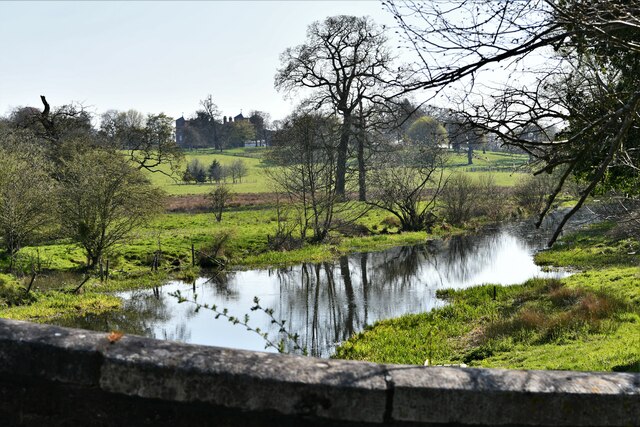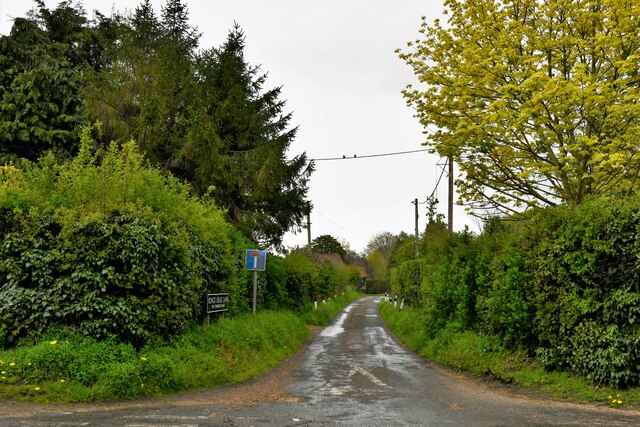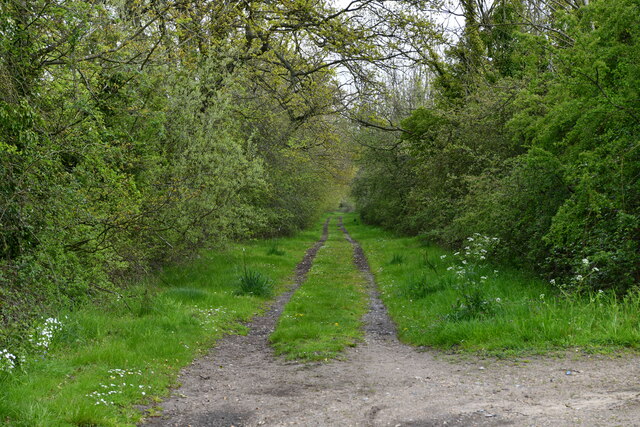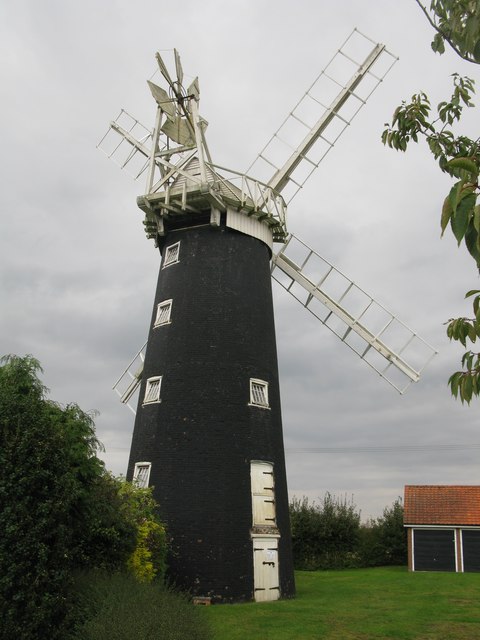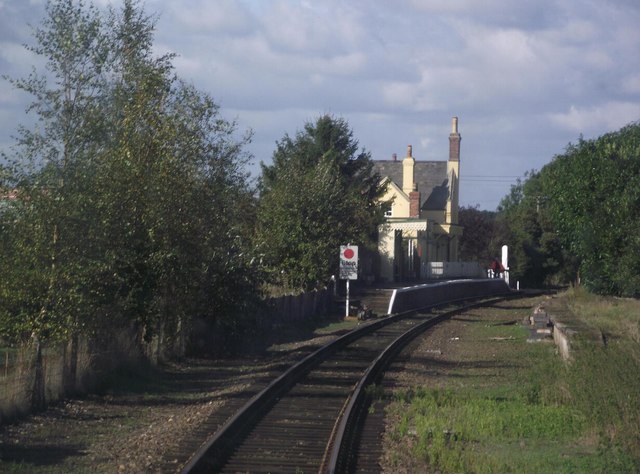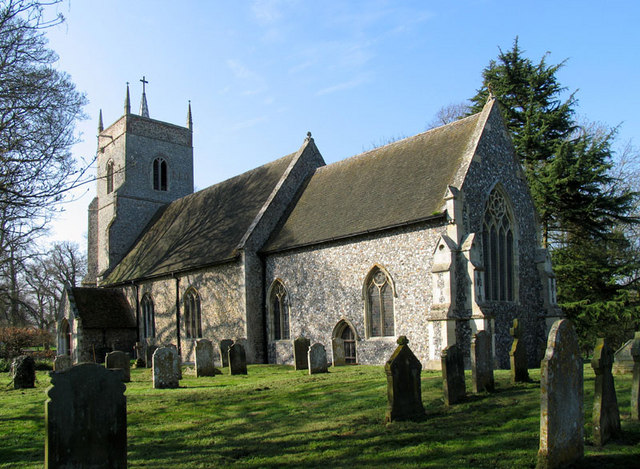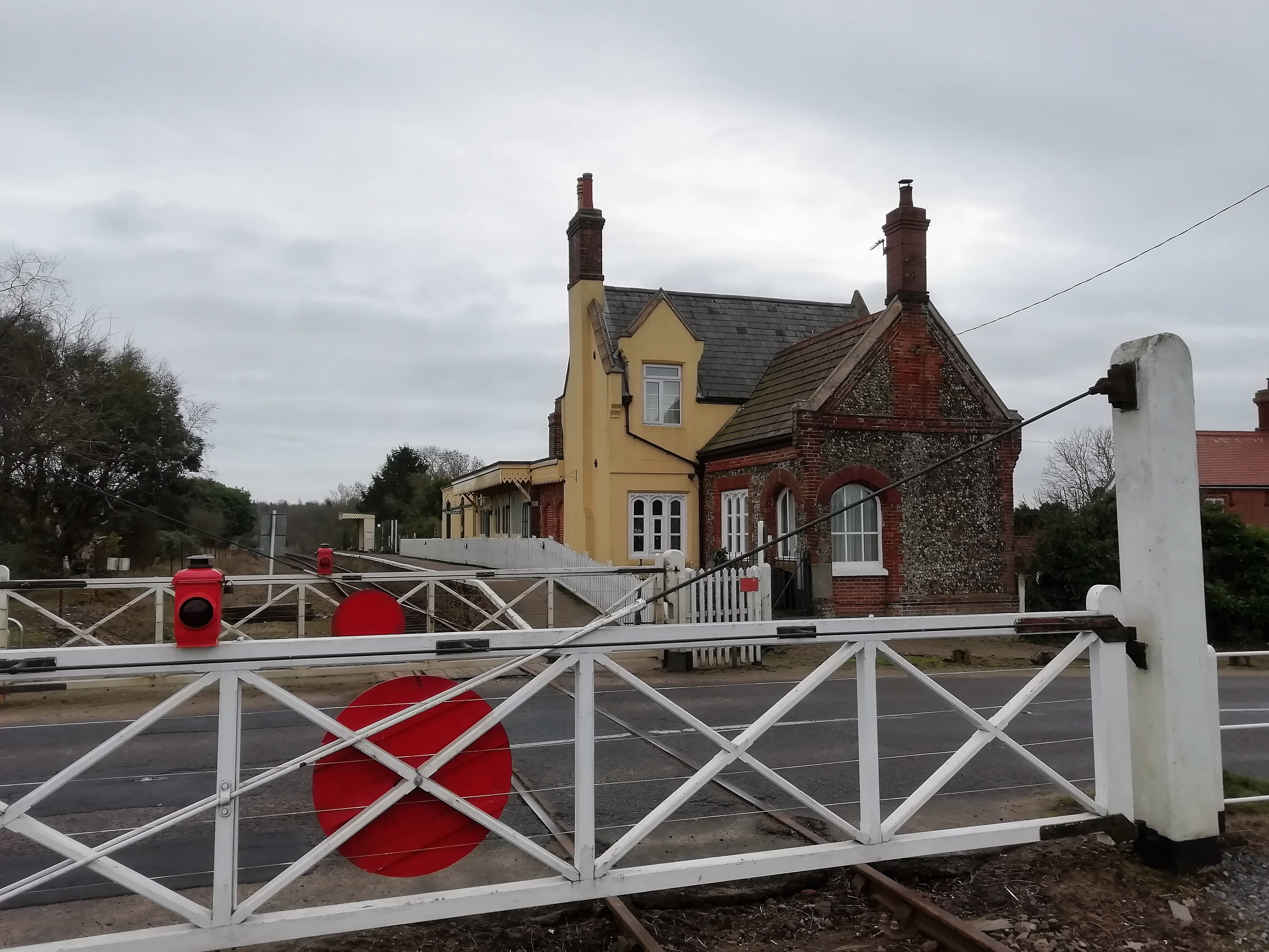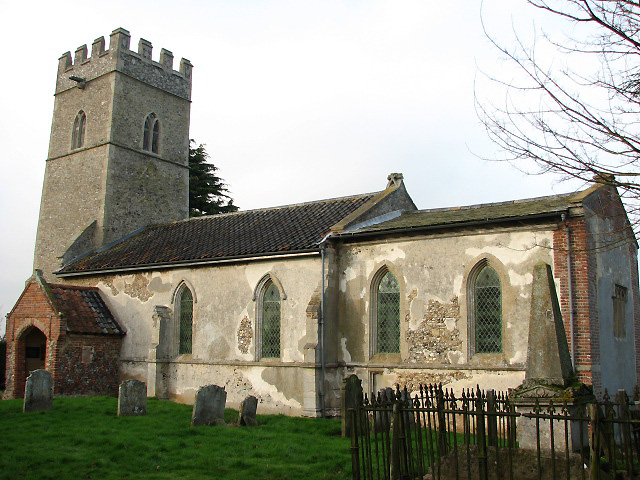Warren Hill
Hill, Mountain in Norfolk South Norfolk
England
Warren Hill

Warren Hill, located in Norfolk, is a prominent geographical feature that offers a picturesque view of the surrounding area. Situated in the eastern part of England, Norfolk is known for its flat landscape, making Warren Hill stand out as a hill/mountain in the region. Although it may not reach the heights of traditional mountains, it is considered a hill due to its elevation and prominence in the area.
Rising approximately 103 meters above sea level, Warren Hill provides a vantage point for visitors to enjoy stunning panoramic views of the Norfolk countryside. The hill is covered with lush greenery, making it an ideal spot for nature lovers and hikers. Its gentle slopes and well-maintained trails make it accessible to people of all ages and abilities.
Warren Hill is also home to a diverse range of flora and fauna, including various species of birds, small mammals, and wildflowers. The area surrounding the hill is known for its rich biodiversity and serves as a habitat for many native species.
Apart from its natural beauty, Warren Hill also holds historical significance. It is believed to have been formed during the last Ice Age and has been a prominent landmark in the Norfolk landscape for centuries. The hill has witnessed the passage of time, serving as a vantage point for early settlers and later becoming a popular destination for tourists and locals alike.
Whether one is looking for a peaceful retreat in nature, a challenging hike, or a place to appreciate the beauty of the Norfolk countryside, Warren Hill offers all of this and more.
If you have any feedback on the listing, please let us know in the comments section below.
Warren Hill Images
Images are sourced within 2km of 52.591067/1.0640288 or Grid Reference TG0703. Thanks to Geograph Open Source API. All images are credited.
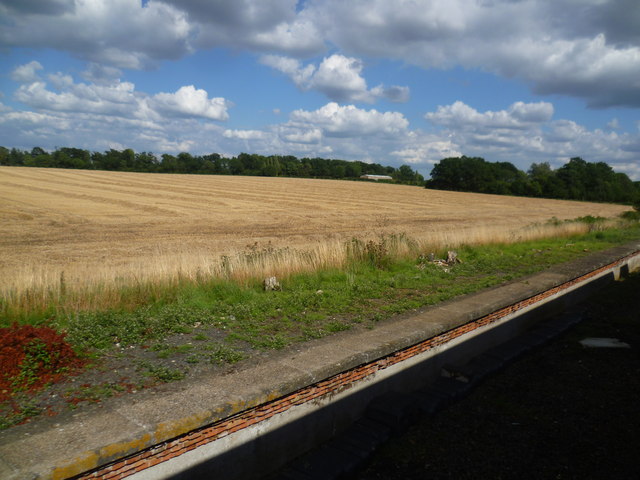
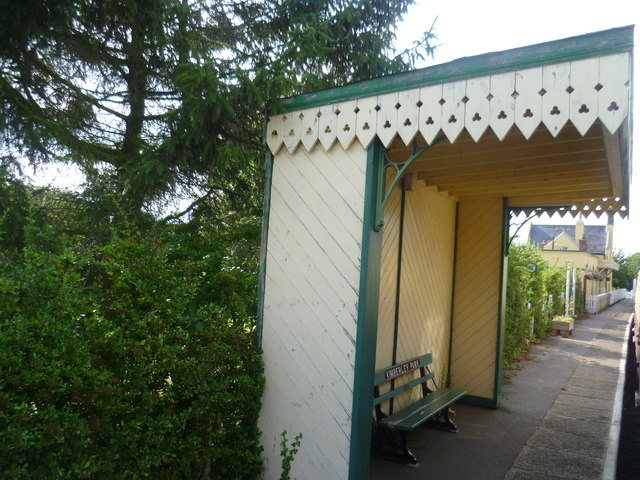
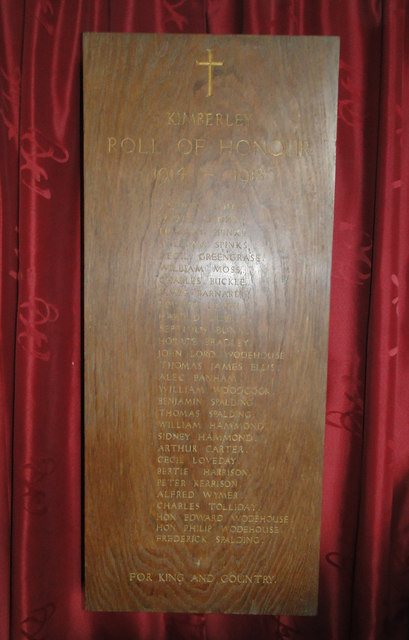
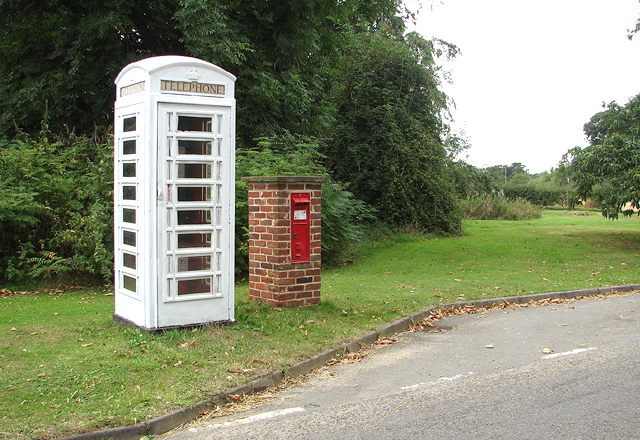
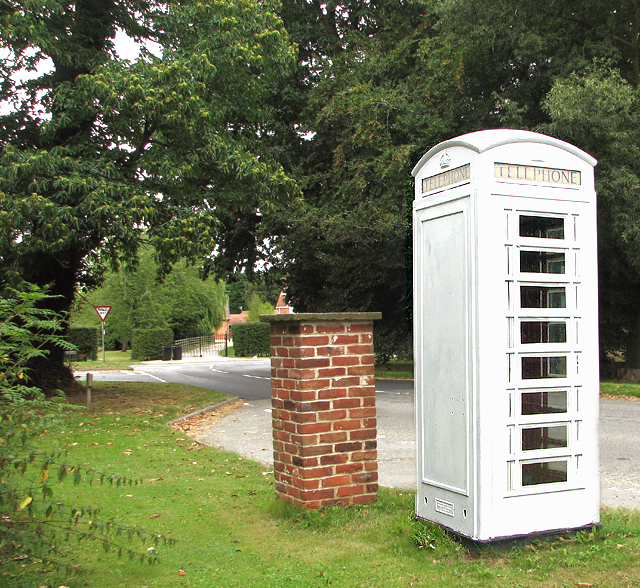
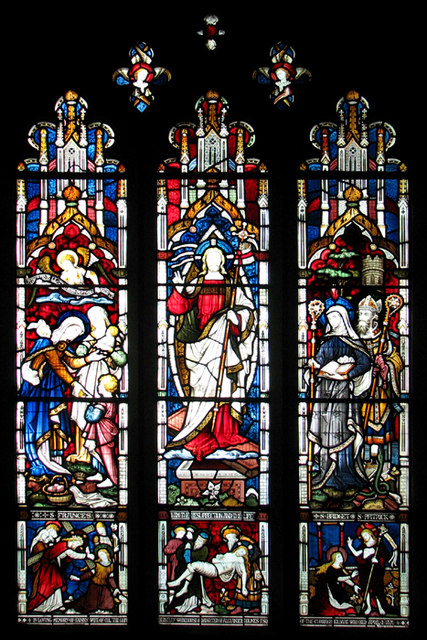
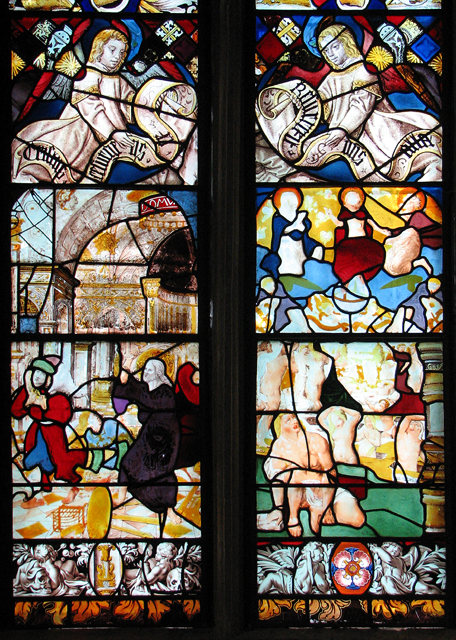
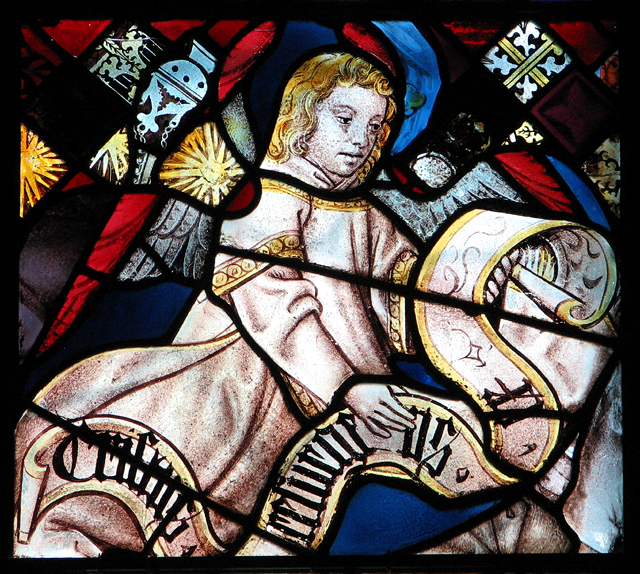
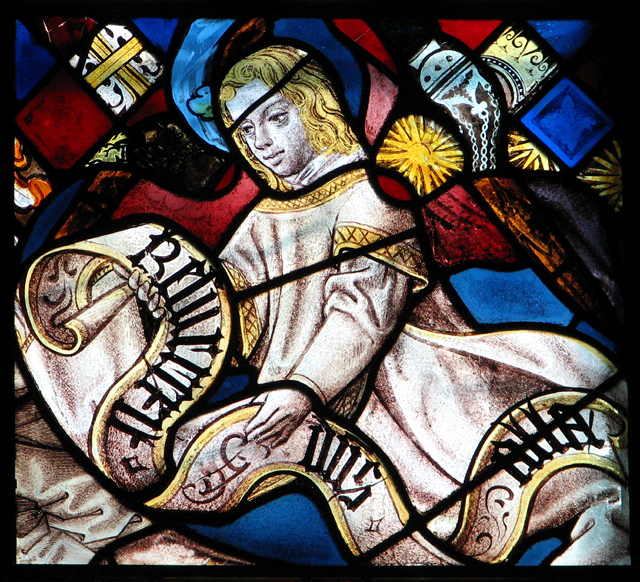

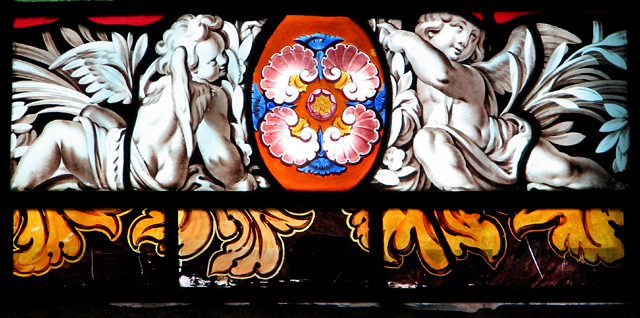
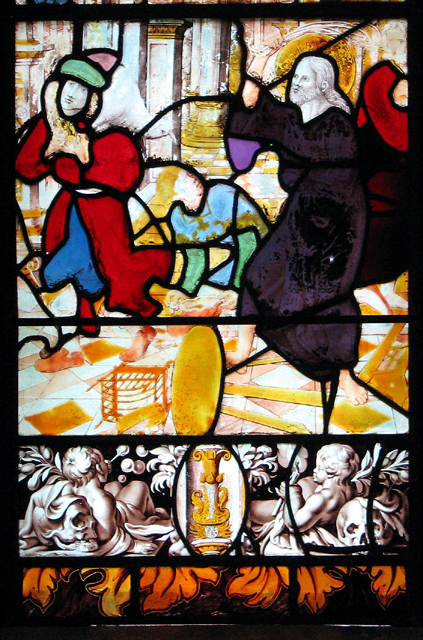
Warren Hill is located at Grid Ref: TG0703 (Lat: 52.591067, Lng: 1.0640288)
Administrative County: Norfolk
District: South Norfolk
Police Authority: Norfolk
What 3 Words
///succeed.afternoon.grabs. Near Hingham, Norfolk
Nearby Locations
Related Wikis
Kimberley, Norfolk
Kimberley is a village and civil parish in the South Norfolk district, in the county of Norfolk, England, situated about 3 miles (4.8 km) north-west of...
Kimberley Park railway station
Kimberley Park railway station is a railway station in the village of Kimberley in the English county of Norfolk. == History == The Wymondham-Dereham branch...
Wicklewood
Wicklewood is a village and civil parish in the South Norfolk district of Norfolk, England. It is located 11 miles (18 km) west of Norwich next to the...
Wicklewood Roman Temple
Wicklewood Roman Temple is the site of a Romano-Celtic temple near Wicklewood and about 1.5 miles (2.4 km) north-west of Wymondham, in Norfolk, England...
Carleton Forehoe
Carleton Forehoe is a village and former civil parish 9 miles (14 km) west of Norwich, now in the parish of Kimberley, in the South Norfolk district, in...
St Michael's Church, Coston
St Michael's Church is a redundant Anglican church in the hamlet of Coston, in the civil parish of Runhall, Norfolk, England. It is recorded in the National...
Hardingham
Hardingham is a civil parish in the English county of Norfolk. It covers an area of 4 square miles (9.78 km) with a population of 274 in 110 households...
Coston Fen, Runhall
Coston Fen, Runhall is a 7.1-hectare (18-acre) biological Site of Special Scientific Interest between Dereham and Wymondham in Norfolk. It is part of the...
Nearby Amenities
Located within 500m of 52.591067,1.0640288Have you been to Warren Hill?
Leave your review of Warren Hill below (or comments, questions and feedback).
